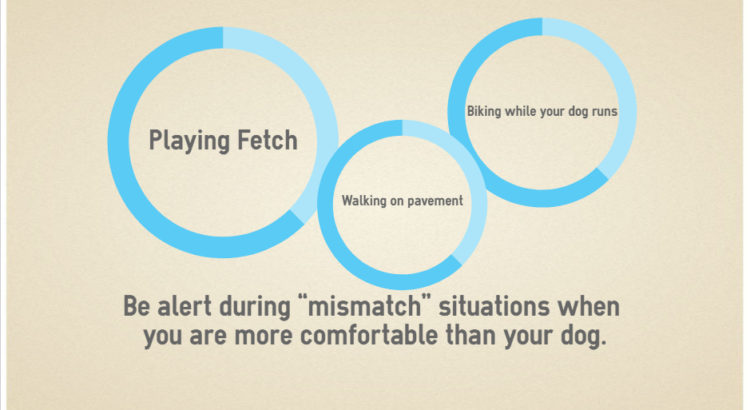Ah, summer. Popsicles, day trips, and… devastating news stories about heat stroke in pets. Even dogs with thin coats are at risk for heat exhaustion, which can lead to heat stroke and death. But what is heat stroke, and what can you do to prevent it?
Description
Heat stroke occurs when a dog’s body temperature gets too high (above 105.8℉) and the brain sustains damage. It’s called “heat stroke” because the nervous system is one of the first systems to show signs of damage. High temperatures can damage many other organ systems in addition. Heat exhaustion happens before heat stroke and is less serious. Heat exhaustion rarely causes organ damage, but can be uncomfortable and cause dehydration.
Prevention
Preventing heat stroke is easy. If you are attentive to your pet, they will likely never suffer from heat exhaustion. Pay attention to how your pet is feeling. Is their skin hot? Are they panting and drooling? If so, offer a cool drink of water often and use damp towels to cool their skin. Limit water intake. Dogs drinking ice-cold water may drink too much and cause gastric dilatation-volvulus (known as GDV or bloat).
Heat injuries happen when we are comfortable and don’t notice our dog’s distress. This can happen when we are walking on pavement (because we wear shoes, but dogs could burn their pads), when we are sweating (dog’s can’t regulate their body temperature by sweating) or when we are exerting less effort during playtime (biking while your dog is running, throwing a ball, etc.). Be alert during these “mismatch” situations and watch your dog closely for signs they are too hot.
Avoid exercise during the hottest part of the day. If you enjoy exercise with your dog, aim for a morning or evening workout. A run or hike between 10 AM and 2 PM is dangerous if there is little shade on your route.
Absolutely never leave your pet in a hot car. Open windows won’t cool the car much, and create a security hazard.
Offer shade and plenty of water when pets go outdoors. If your dog spends time in a fenced yard or on a lead, make sure they can access cool grass and shade no matter where the sun is.
Pay extra attention to flat-faced breeds like pugs and French bulldogs. Their respiratory system might not work to cool them off when they get hot.
Signs
If you see these signs of heat exhaustion, administer first aid and take your pet to a veterinarian right away:
- Laziness or collapse
- Dizzy or disoriented behavior
- Hot skin or cold, clammy skin
- Panting and drooling
- Seizures
- Vomiting
- Diarrhea
First Aid
At the first signs of heat exhaustion or heat stroke, begin first aid:
- Move to a cool location
- Use cool (not ice-cold) water on the skin
- Use a fan to help airflow
- Take the pet to a veterinarian if you see signs of heat stroke, even if the signs stop. Permanent damage could have occurred, even if symptoms go away.
